How to propagate bird of paradise – 3 expert ways
Looking to grow your strelitzia collection? Then learn from the pros and follow these no-fail tips
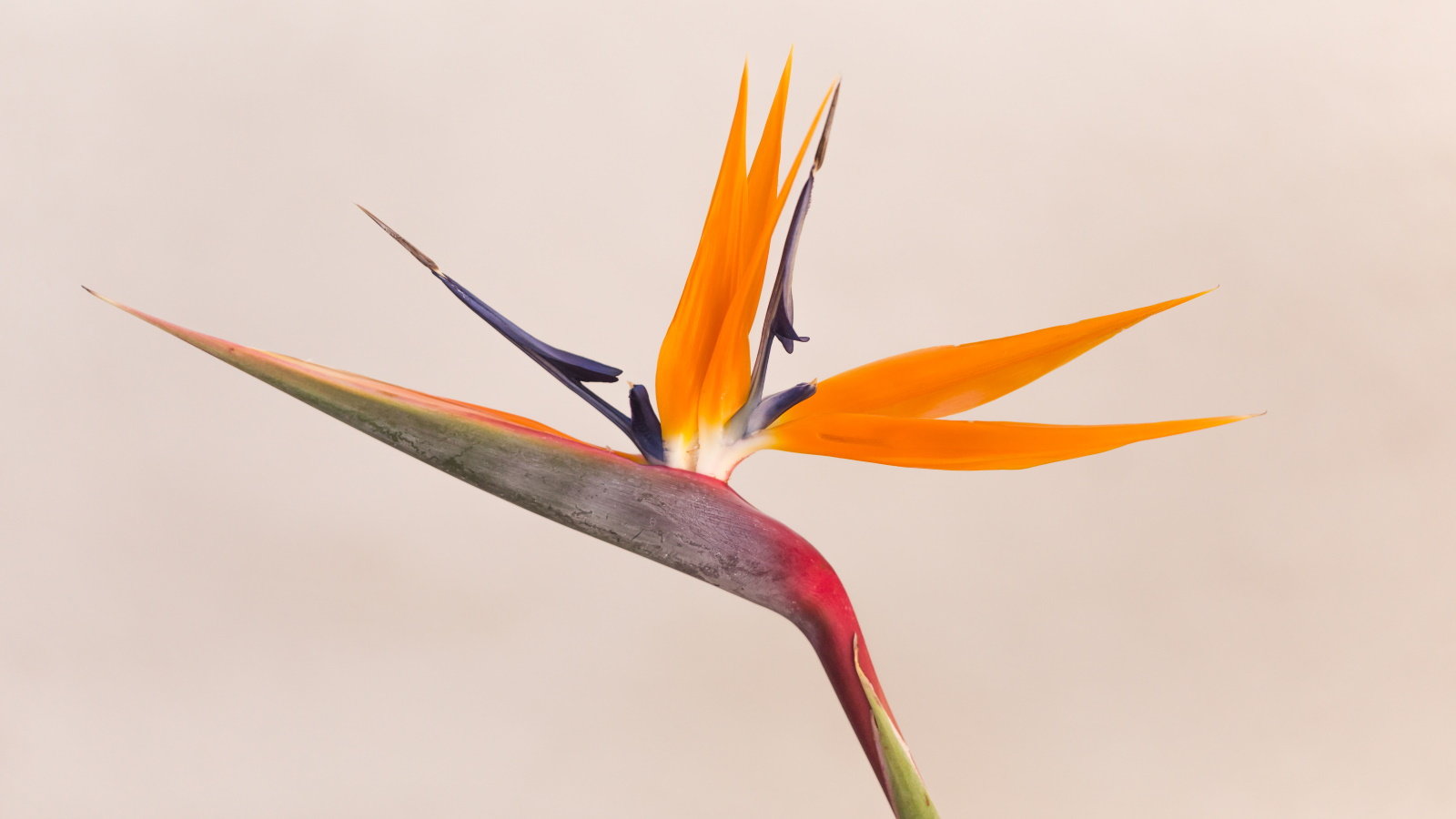

Knowing how to propagate bird of paradise will not only boost your collection of leafy beauties but your plant’s health too. Tall, colorful, and one of the best tropical indoor plants, these long-loved favorites, also known as strelitzia, are prized for their architectural stature and easy-going nature. They cost a fair bit as a mature plant, so to attempt new plants for free is a good idea. Originating from south-east Africa they adore hot, humid conditions, but don’t despair if your garden doesn’t match up, as this is one of the most popular and easy indoor plants you can grow.
Named after the flamboyant forest bird, these plants with their distinctive orange, blue and white blooms set against large, glossy banana-like leaves have real impact. Perfect for filling a sunny bathroom, kitchen or conservatory corner with lush, jungle vibes, they are a staple choice for any plant lover. Admittedly, plants grown inside have fewer blooms than those grown outside. However, if growing conditions are right and if you water, feed and learn how to repot a bird of paradise to keep the plant healthy, flowers will appear and reward for weeks on end.
One of the best tall indoor plants to grow, strelitzia can reach up to 5ft (1.5m) high and 3ft (91cm) wide. They do need space, but with their tropical good looks and the continuing trend for botanical maximalism, one plant is seldom enough. This is great news as propagating new plants – whether from cuttings or seed - really couldn’t be easier, as leading experts explain.
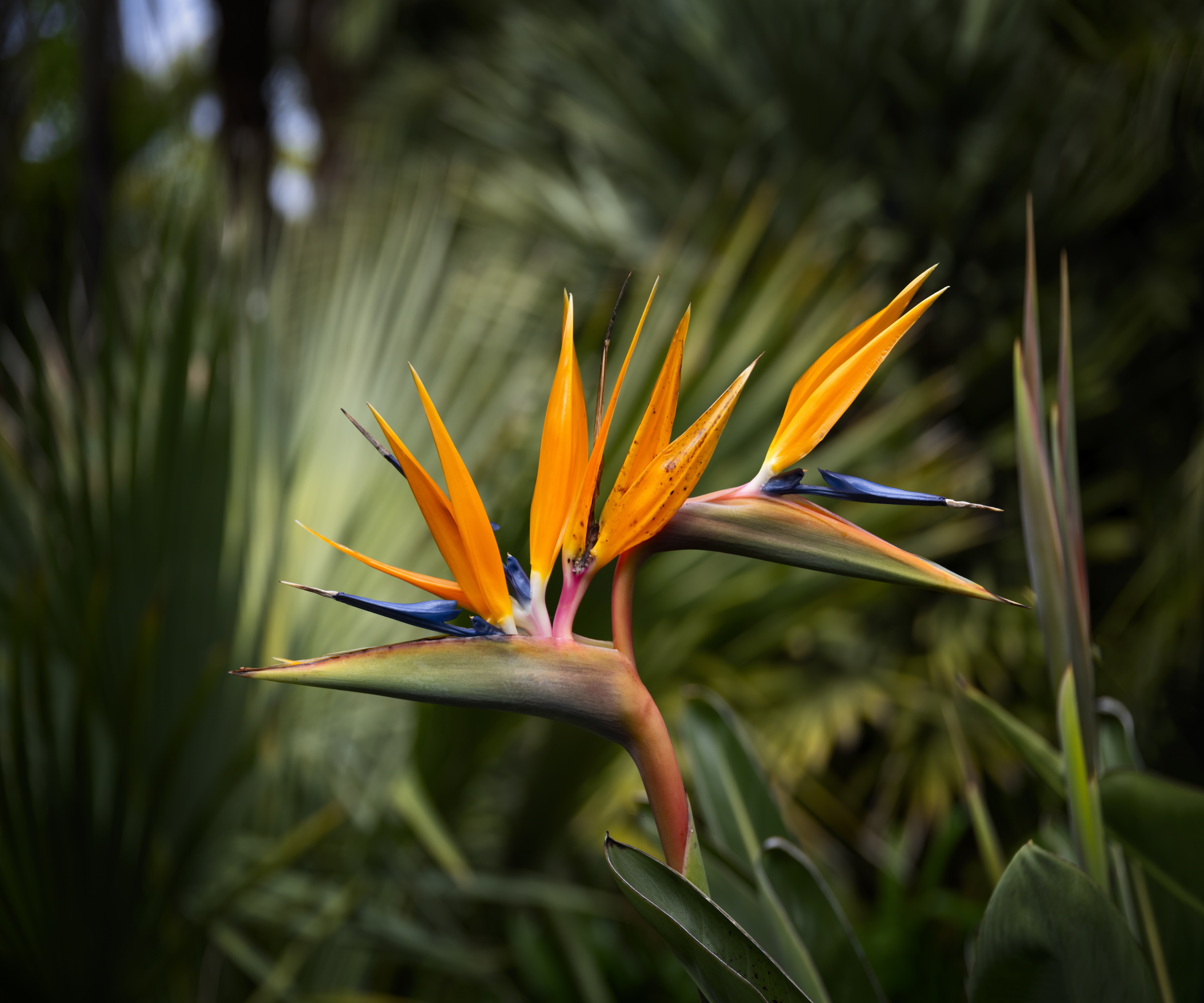
Discover how to propagate by splitting a mature strelitzia
‘Because of its growth habit, the bird of paradise is most easily propagated by division, which is the practice of separating the plant into smaller whole pieces that contain all the necessary parts for growth,’ says Matt Slaymaker of indoor plant specialists Lively Root. ‘To start, you'll want to make sure your bird of paradise has at least two stems arising from the soil. Remove the plant from its pot and remove any soil as much as possible with your hands, exposing the different stems that connect to the root system. Once you determine the stems you'd like to separate, you can physically divide the plants by ripping or cutting the root balls around each stem into their own separate pieces.’
It may feel odd handling your plant in this way, but don’t worry, Matt has this encouragement: ‘As long as you divide the root mass equally to each stem and take care as not to sever roots too close, these will all grow and establish in their new homes. Place each divided plant into its new container and fill it with potting soil. Make sure to water them in.’

Matt Slaymaker is the Product Operations Specialist at Lively Root. He was previously a Greenhouse Operations Manager in the San Francisco area and received a bachelor's degree in Horticultural Science at California Polytechnic State University. Slaymaker's lifelong passion for plants has made him a beacon of knowledge. His favorite plant is the Canary Island Date Palm.
How to propagate bird of paradise from a root cutting
If you are the proud owner of a mature bird of paradise plant, you may be able to get more for your money and increase your collection by a trying nifty propagation technique. This is best done in spring before the plant enters its growing period.
Carefully remove the plant from its pot and take a closer look at the root system. Locate a chunky section of root - known as a rhizome – with a fan of smaller roots growing from it and carefully cut this section away from the main plant with a sharp, clean knife. Cover the freshly cut ends with rooting hormone powder and pot this section in a small, clean pot filled with fresh indoor plant compost. Leave to settle for a few days before watering. Don’t forget to repot the main plant too.
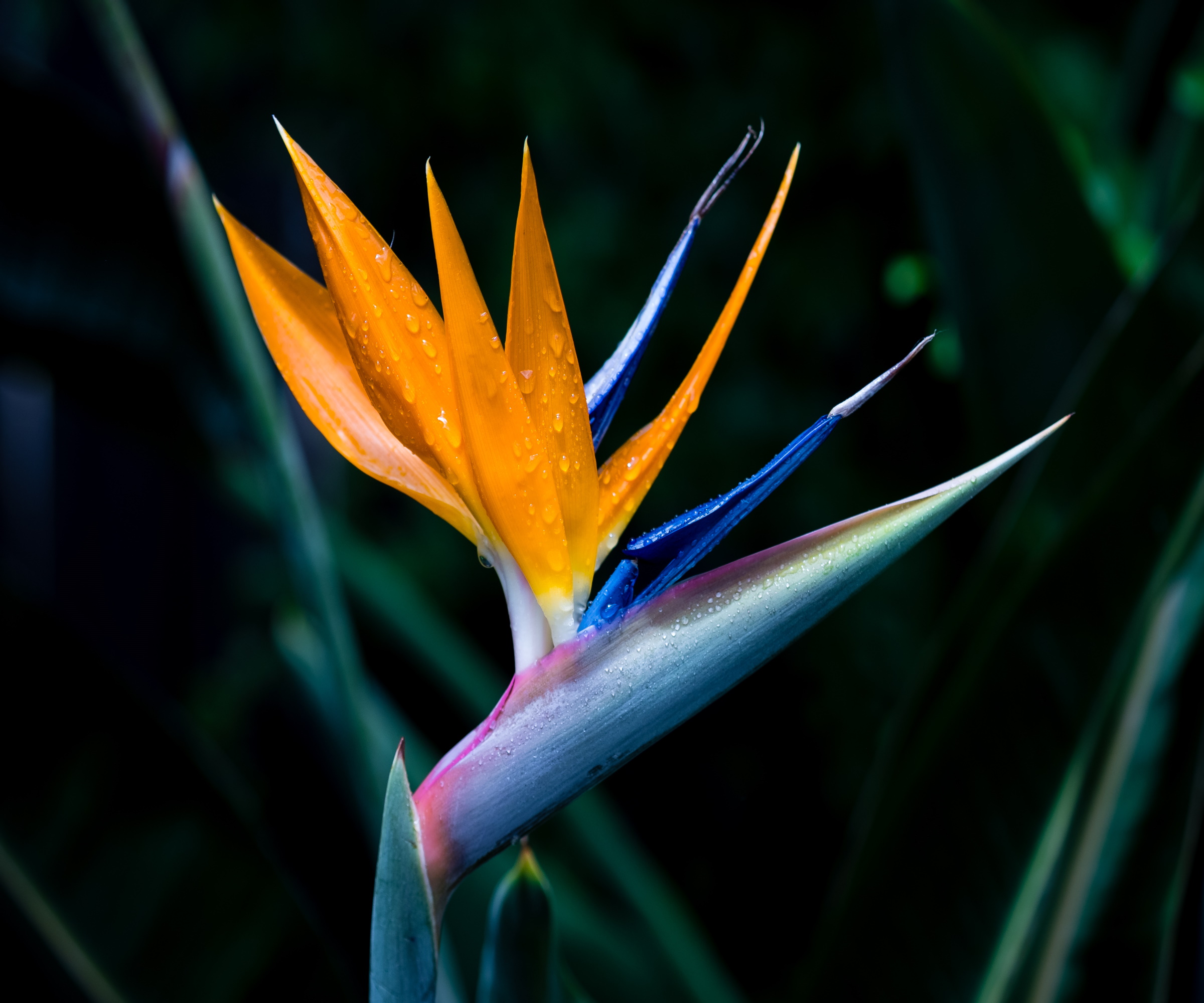
How to propagate bird of paradise from seed
If you love a green-fingered challenge, growing a strelitzia from seed is definitely a good one to try. Yes, you can pop out and buy a packet of seeds but if you want to germinate those from your own plant, be prepared for it to be a lengthy process. Indoor plant expert Paris Lalicata explains: ‘The only other way to propagate is by getting the plant to flower, pollinate it and then collect the seeds. This is usually a rare occurrence if you’re growing a bird of paradise indoors as a houseplant. However, if you live in a tropical climate with full sun conditions there is a chance your plant can flower where you can then collect seeds to germinate and grow new plants.’
Warning, growing this stately plant from seed does require patience – 4 to 8 weeks to germinate and up to 10 years to fully mature - but the effort is always well rewarded.
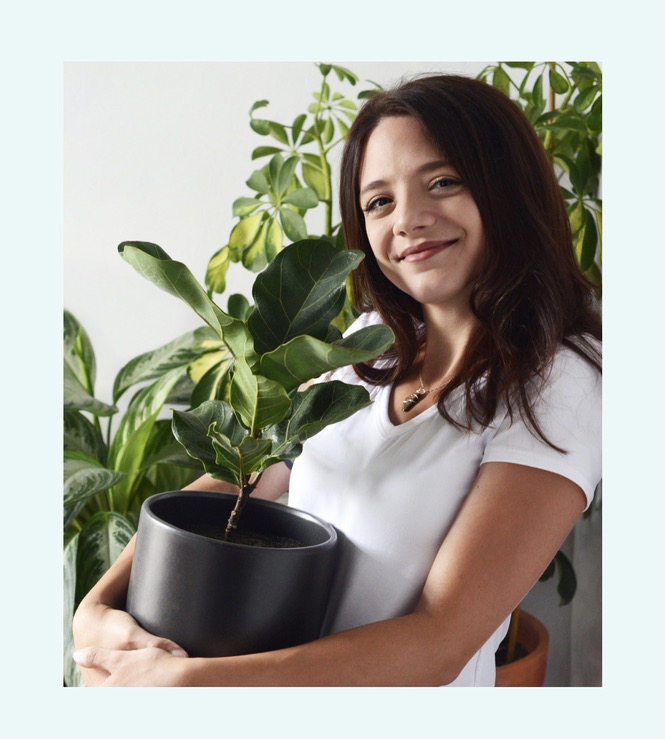
Paris has been with The Sill for almost 5 years and heads up Plant Education and Community. A self-taught plant expert with over ten years experience growing houseplants, she currently maintains an indoor garden of more than 200 plants in the northeast. Her passion is making plant care more digestible for budding plant parents and sharing the many benefits of having plants indoors.
FAQs
Is it possible to propagate a bird of paradise plant in water?
No sadly not, as the stems and leaves of these plants can not produce roots on their own. New plants either have to be grown by plant division, root cuttings or by germinating the seed.
When is the best time to propagate a bird of paradise plant?
Whichever propagation technique you choose, spring is definitely the best time to increase your bird of paradise collection. This is just before the plant enters its natural growth period, so its energy stores will be reactivated and directed into producing new roots and shoots.
Sign up to the Homes & Gardens newsletter
Design expertise in your inbox – from inspiring decorating ideas and beautiful celebrity homes to practical gardening advice and shopping round-ups.

Journalist Jill Morgan has spent over 20 years writing and editing gardening, interior and property features. Titles she has worked on include The English Home, House Beautiful, Ideal Home, Houzz and Modern Gardens and she writes regularly for H&G as a Contributing Editor. Whilst she is a dab hand at renovation projects and DIY, she is happiest when out digging in the garden or planning a new border.
-
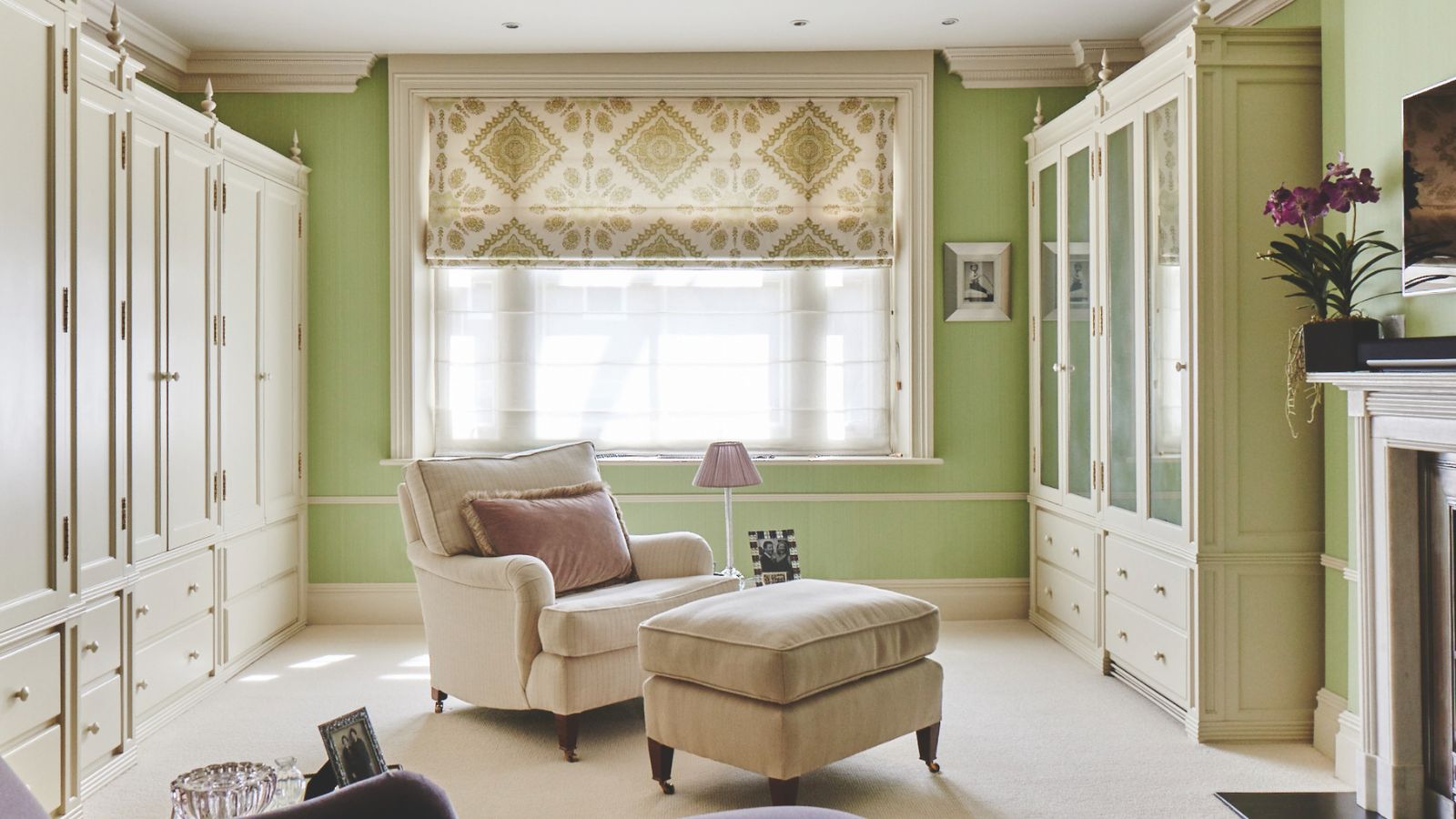 7 expert-approved painting hacks to minimize clean up – to make an already exhausting task easier
7 expert-approved painting hacks to minimize clean up – to make an already exhausting task easierAvoid a backbreaking clean-up after your next painting project with advice from the professionals
By Chiana Dickson
-
 Gwyneth Paltrow's quiet luxury kitchen is so beautiful, we almost overlooked her ultra-smart cabinets – they make the use of 'every inch' of storage space
Gwyneth Paltrow's quiet luxury kitchen is so beautiful, we almost overlooked her ultra-smart cabinets – they make the use of 'every inch' of storage spaceThe Goop founder makes use of dead space in her kitchen with customized cabinetry that reaches to the ceiling, providing ample storage
By Hannah Ziegler